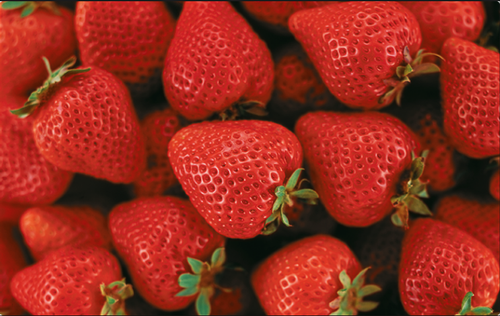Japanese Olympic Curling Team Caught Up in Familiar Strawberry Political Flap
The recent strawberry industry earthquake around the Japanese Olympic curling team declaring (on camera no less) that the strawberries served by their South Korean hosts as a snack during the games were "surprisingly delicious" should sound pretty familiar to any California strawberry industry insider.
Full story in the Wall Street Journal:
The trouble with the Japanese Olympians being surprised at the great taste of the South Korean berries isn't that they aren't tasty and sweet, it is that many of the strawberries grown and consumed in South Korea actually have a lot of Japanese genetics in them. In the 1990's, two of the popular Japanese strawberry varieties - 'Red Pearl' and 'Akihime' - found their way into South Korea . Problem was that these two high yielding, great flavored varieties could only be grown under licensing agreement in Japan, while at the same time in South Korea there was no legal protection for them and subsequently these two were grown there far and wide. A treaty protecting foreign plant stock in South Korea was eventually signed in 2002, but since it was not in force until 2012, growers in South Korea had plenty of time to move the genetics of these two varieties into local hybrids.
How the Japanese curlers should know all of this information before complimenting the fruity snacks served by their host does not seem to have crossed anybodies mind.
The story has sort of a happy ending in that this past Tuesday, the Olympic curlers (and medalists it should be not forgotten) righted their error and sampled (on camera, again) a wide variety of Japanese strawberries - bred and grown in Japan - brought in for them by growers and shippers before a curling tournament in Aomori, Japan.
You just can't ever escape the politics of strawberries, no matter who you are or where you go.

The moment that rocked the Japanese strawberry industry - Olympic curler consuming a berry of Japanese genetics and thinking it was of South Korean heritage. Photo: Robert Cianflone/Getty Images.

'Sweet King' , one of the most well known strawberries in Japan. Average fruit size of 45 g makes it a contender with our early CA fruit.


Posted by Thom Flewell on March 18, 2018 at 5:54 PM